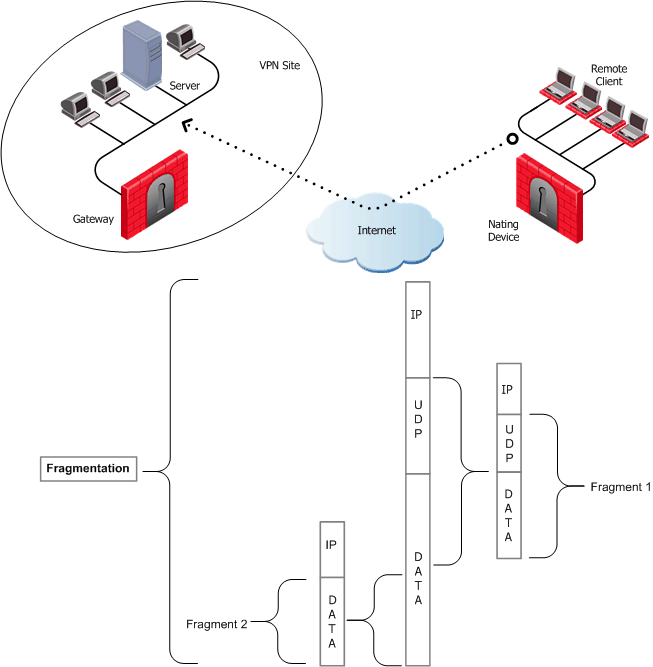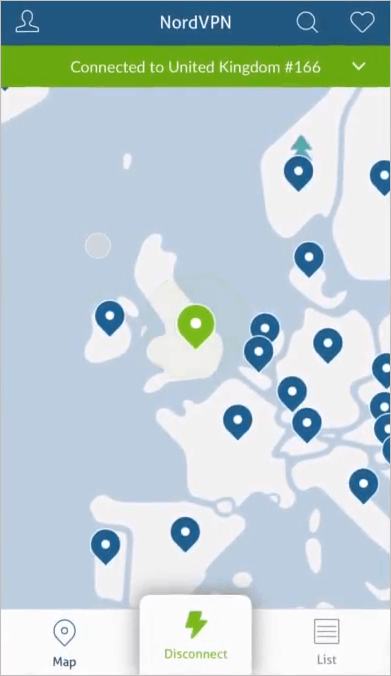
Some nodes that send 1500-byte packets into the DMVPN and subsequently receive an ICMPv4 packet-too-big message from the router may choose to ignore this. They are not following a standardized technique called path MTU discovery that can avoid fragmentation across a network. To complicate matters, some routers ignore packet-too-big messages and keep sending packets that exceed the MTU. The main problem with MTU size being reduced across the network is that some applications may not work well in this environment. On the other hand, IPv6 routers do not fragment oversized packets on behalf of the source they just drop them and send back an ICMPv6 packet-too-big error message. A packet incoming to a network device may be smaller than the MTU, but if it gets encapsulated by the device and the new total packet size exceeds the MTU of the outgoing interface, the device may fragment the packet into two smaller packets before forwarding the data.įor example, an IPv4 router will fragment and forward packets that exceed the MTU, but also send back an ICMP message-too-big error message to tell the source device that it should use a smaller MTU. Routers can fragment packets to cut them down to fit smaller MTUs, but this is not optimal. A packet may originate as a standard IPv4 packet with a designated MTU of 1500 bytes, but depending on its destination it may pass through encapsulation that pushes its size over the MTU. There are many other situations where protocol encapsulation occurs, so you must be aware when this happens and take steps to accommodate it.

Any time you add another outer IPv4 header adds 20 bytes.6in4 encapsulation (IP Protocol 41, RFC 4213) adds 20 bytes.GRE (IP Protocol 47) ( RFC 2784) adds 24 bytes (20 byte IPv4 header, 4 byte GRE header).The number of bytes encapsulation adds varies by type of protocol: Encapsulation adds a protocol header, so any packets that are created at 1500 bytes and are then encapsulated will exceed MTU the network can handle. When one protocol's packets or frames are encapsulated within another protocol, it increases the overall frame size. Other communications media have different MTU sizes. Ethernet II networks have a standard frame size of 1518 bytes, which includes a 14-byte Ethernet II header and a four-byte frame-check sequence (FCS). For most Ethernet networks this is 1500 bytes, and this size is used almost universally on access networks.

Historically, network media were slower and more prone to error, so MTU sizes were set to be relatively small. The size of an MTU is governed by the physical properties of the communications media.

If encapsulation of Ethernet in MPLS pushes the size of the MPLS frame past the MTU of the MPLS edge switches, the switches will drop it. In that case the size of the Ethernet frames must be taken into consideration. For instance, a device on an Ethernet LAN might want to send a payload to a device on an Ethernet LAN in another city and have to cross an MPLS connection on the way. MTU size also comes in to play when, for a frame to get from its source to its destination, it may have to cross a network that use a different protocol than that used by the source and destination networks. The intent is for the source device resend the payload in smaller packets, but it might not be configured to support this. So, if 2000-byte Ethernet packets arrive at a router, it will split their payloads in two and repackage them into two packets that are each smaller than 1500 bytes and so meet the MTU.Īn alternative is that the router drops the packet but sends the source device an internet control-message protocol (ICMP) packet-too-big message. The maximum transmission unit (MTU) is the largest number of bytes an individual datagram can have without either being fragmented into smaller datagrams or being dropped along the path between its source and its destination.įor Ethernet frames-and many other types of packets-that number is 1500 bytes, and it generally meets the requirements of traffic that can cross the public internet intact.


 0 kommentar(er)
0 kommentar(er)
